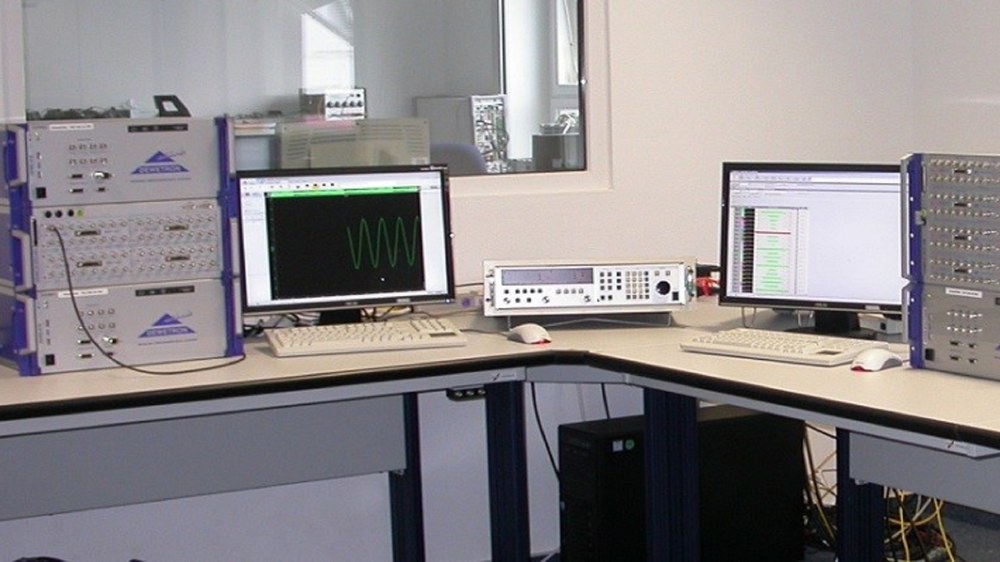System to measure unsteady signals (AMIS III)


For the collection and analysis of large amounts of data in steady and unsteady wind-tunnel and flight tests, the German Aerospace Center (Deutsches Zentrum für Luft- und Raumfahrt; DLR) Institute of Aeroelasticity uses the AMIS III, a system for data acquisition and experimental control with the very high number of 960 analog and 162 digital input channels. The special feature of the system is the fact that the channels can be used as nine individual systems in groups of 64 or 128 channels or bundled as a complete system with 960 channels or as individual systems – each featuring a multiple of 64 or 128 channels. Each channel can be simultaneously sampled at a sampling frequency of up to 204,8kHz and 24bit resolution. All channels are synchronized beyond the limits of the individual systems. Connected by GPS, the systems have the capacity to acquire fully synchronised measurement data across larger spatial distances. A subsystem with 384 channels is approved for use in DLR's ATRA (A320) research aircraft, where it is operated during flight tests to measure outside pressure, acceleration and microphones.
The systems primarily convert the analogue voltage signals from pressure, force and acceleration sensors into digital values with high precision and very quickly. Via the other interfaces of the system, data from non-contact optical measurement methods such as motion or deformation measurements, pressure-sensitive colours (iPSP), temperature-dependent colours (TSP) or particle image velocimetry (PIV) can also be acquired time-synchronised with the above-mentioned analogue data.
Through effective pre-processing, the signals of all channels and even derived quantities can be visualised in real time on one or more monitors and thus serve to effectively control the test sequence. All measurement results are processed and stored in a database so that they are available to all project partners for further evaluation or as validation data.
